This post may contain affiliate links.
So You’ve decided that you’re going to make maple syrup on the homestead for the first time this year. You’ve identified your maples but don’t know how to tap a maple tree. Not to worry. Here are the basics!
When to Tap your Maple Tree
First, you need to know how to tell when it is time to tap your trees. Frozen sap stays put! So you aren’t going to be able to get sap from a maple tree until the sap thaws and starts “running.”
Sap “runs” when the nighttime temperature of the tree is freezing, and the daytime temperature is not.
Therefore, when you tap, it is going to depend entirely on where your trees live—in terms of geography, aspect, and elevation—what the weather is doing that year, and thus when it is both cold enough and warm enough to create sap flow!
Even though the climate is warming, weather patterns are changing, and old rules of thumb regarding when to tap are becoming less useful, it’s not as complicated as it sounds. (For more on the climate and maple, read this!)
You can get an idea of when to start paying attention based on what region of the country you live in. From there, pay attention to the ten-day forecast, keeping in mind that southern exposures warm before northern ones and that the higher elevation you are the later your season will be.
As to when to start paying attention, homesteaders and hobby farmers in southernmost sugar country—Tennessee, North Carolina, Kentucky, Virginia and West Virginia—may have started tapping early in the new year.
By the end of January or beginning of February, however, the rest of the Southern Midwest and Mid-Atlantic—Ohio, Missouri, Illinois, Indiana, Maryland, Delaware, New Jersey, and Pennsylvania—may be joining them.
Southern New England and thereabouts- Massachusetts, Rhode Island, Southern New York, and Connecticut- will typically follow by the end of February.
For Vermont, in the Northern Midwest, and New England—Minnesota, Wisconsin, Northern New York, Maine, and New Hampshire, most people typically don’t tap until late February or March. Depending on your elevation, like places far north of Minnesota, New York, Quebec, and Ontario, they may have to wait until as late as April!
Sugar makers recommend that once the new year has passed, you can’t tap too early, even if the sap is weeks away from flowing. Some caution that a tree starts closing its wound as soon as it is made and that tapping early can limit the amount of sap you get.
All things considered, in any region, you’re best off paying attention to outdoor temperatures, knowing your cardinal directions, and, when in doubt, checking in with more experienced sugar makers in your area.
Tools for Sugaring
Once you’ve decided it’s time to tap, all you need to do is get a hold of some simple tools and equipment and you are ready to go!
Supplies Needed
- First, you need a drill with a 7/16″ or 5/16″ bit. You can use a cordless power drill or a hand drill—also called a brace. The power drill is a lot faster, whereas the brace is romantic and has no carbon footprint.
- Second, you need 7/16″ or 5/16″ spiles – also called “taps.” Spiles are the spouts you hammer into the tree to direct the sap from the tree to the bucket or other sap-collection container you choose.
- Third, you will need a hammer for tapping the spile into the tree after the hole is drilled.
- And finally, you need lidded buckets or other food-safe containers such as clean plastic milk jugs attached to the spile with rope or wire, or food-safe plastic bags.
New spiles are widely available in both sizes and come in metal and plastic. If you are in possession of used or antique spiles, chances are they are going to be of the larger size.
You will need one spile per every tap you are going to make. A tree that is from 12 to 18 inches in diameter can support one tap. Trees larger than 18 inches in diameter can take two taps. Putting more than two taps in a tree is no longer recommended.
It is important to note that the old galvanized buckets may contain lead, and it is possible for lead to leach into your sap if sap is left in the bucket for long enough and temperatures are high enough.
How to Tap your Maple Tree
Step 1
Now that you have your stuff, you are going to proceed to your first tree and choose a height that is both convenient for the driller and collector.
Choose a spot that is easy to drill at that moment, but also think about the current depth of the snow: is the collector going to have to reach over his or her head to collect the bucket when the snow melts?
Step 2
Having settled on a height, inspect your tree. For best results, you should choose a place on the tree that is either below a big branch or above a big root, and not near a knot or wound in the tree.
Cardinal direction doesn’t matter too much—every year you should tap at least 6″ away from the prior year’s tap anyway—but a southern tap will flow before a northern one, so if you have a preference as to whether you would like an early or late season this year, give the compass a whirl.
Step 3
When you’ve chosen your spot, drill a hole of about 1 inch or so at a slight, upward angle and look for nice, light, creamy wood chips and sawdust coming out. If what you see is dark or dead, find another place on the tree to tap and try again.
Step 4
When you have your hole, gently tap your spile in using your hammer, hang your bucket or bag, and put on your lid. Move on to the rest of your sugarbush. Now it’s time to wait for the sap to run! You’ve got this! Happy tapping!

This post was contributed by Kate Whelley McCabe from Vermont Evaporator Company, our partner, in a series of articles on backyard sugaring. We appreciate Kate’s help in teaching our audience how to tap a maple tree!

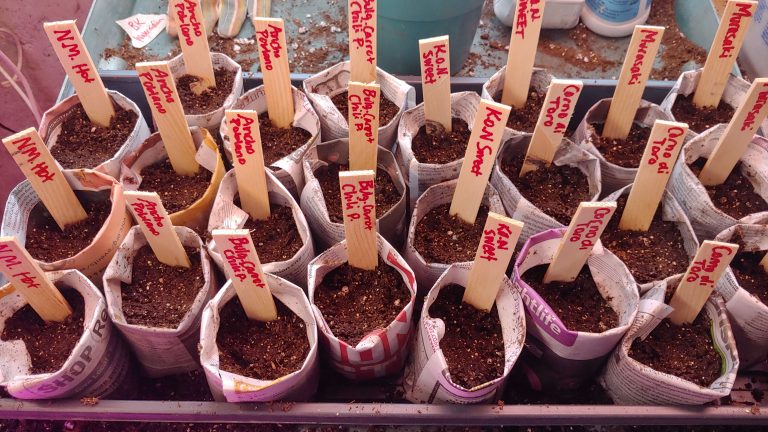
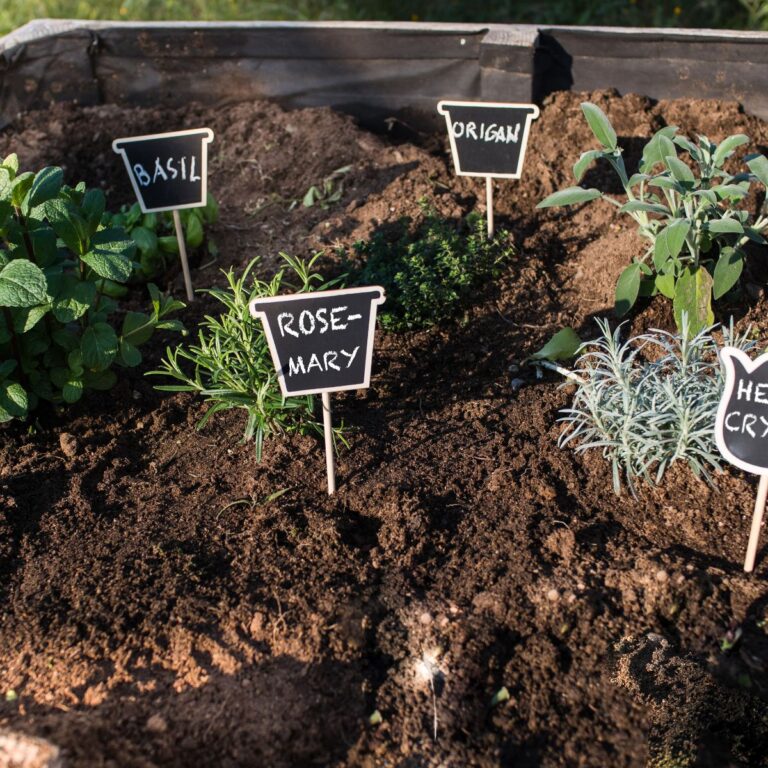
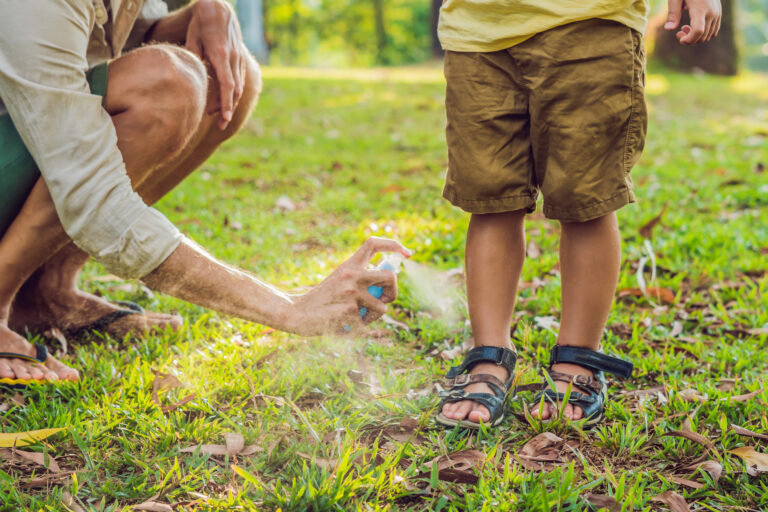
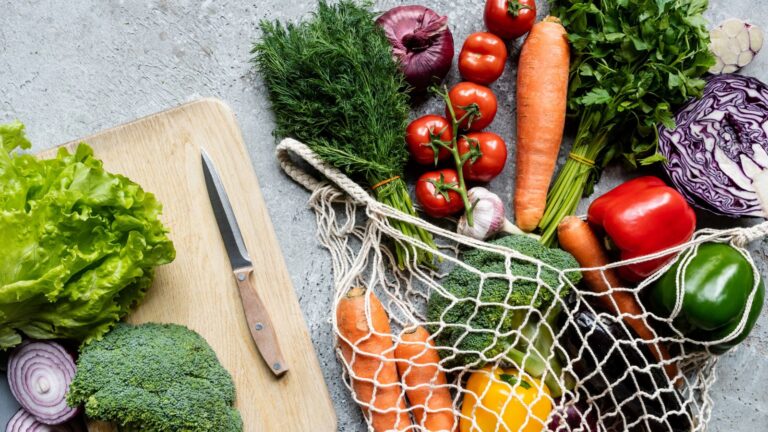

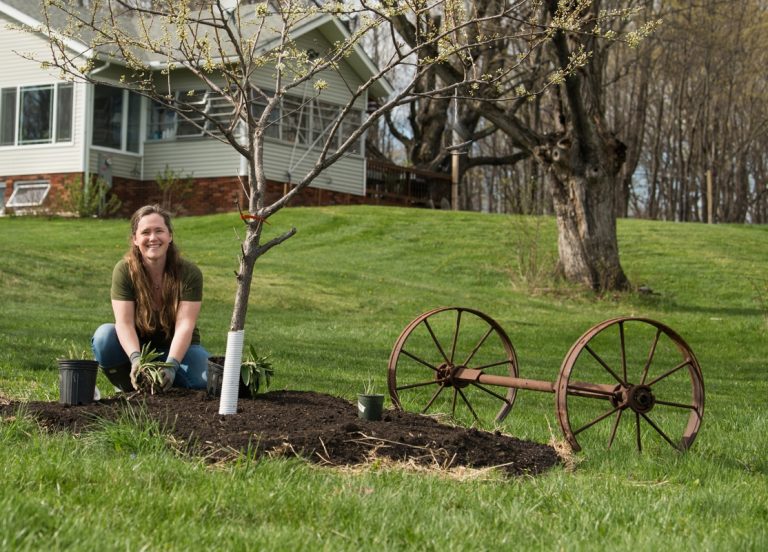
I love maple syrup and my cousins have their own sugar bush… I usually buy from them but I’ve always wanted to try making my own. Thanks for the info!
Thank you for the informative post! We’re so excited for maple syrup season…it’s getting close! We are those people who wait to tap until the sap starts really flowing, just because we’ve heard that the hole can “heal” and stop the flow. But, our neighbor who has a pipeline has already tapped! We have consistently made our first jars of maple syrup the first week of March the past few years, so I’m really excited for this season to start!